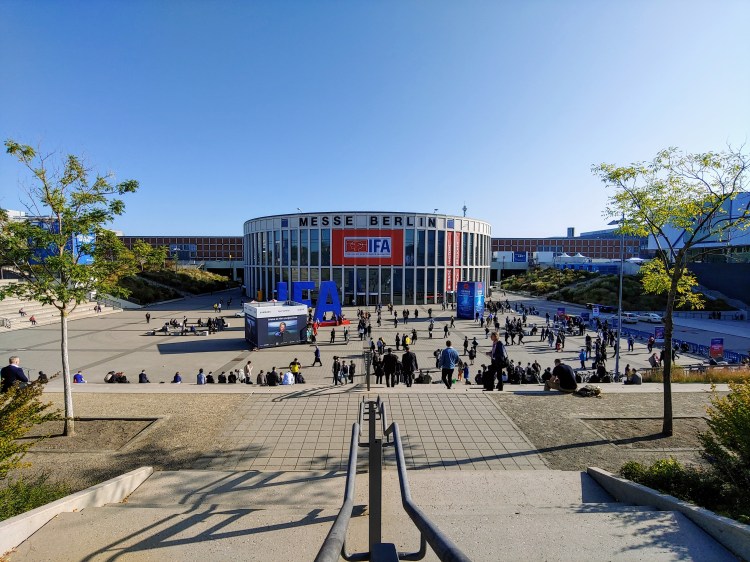Watch all the Transform 2020 sessions on-demand here.
IFA, or Internationale Funkausstellung Berlin, began humbly in 1924 as an international radio exhibition. Since then, it has grown into one of the largest annual consumer electronics shows anywhere, with more than 200,000 visitors anticipated over the next few days.
The Berlin expo is a veritable who’s who of appliance and device makers, with appearances from the likes of Microsoft, Bang & Olufsen, Casio, Samsung, LG, Sony, Huawei, ZTE, Asus, Acer, Toshiba, Philips, Panasonic, Amazon, and other industry titans. As in years past, a slew of announcements marked the start of IFA 2019, and VentureBeat covered the events as they happened from the show floor.
Here are a few of the highlights so far:
Dell
Dell wisely took the wraps off its spotlight products weeks ahead of IFA in an effort to break through the crowded news cycle. The company detailed refreshed Vostro, Inspiron, and XPS machines, all of which feature Intel’s recently unveiled 10th Gen Comet Lake Core processors.
June 5th: The AI Audit in NYC
Join us next week in NYC to engage with top executive leaders, delving into strategies for auditing AI models to ensure fairness, optimal performance, and ethical compliance across diverse organizations. Secure your attendance for this exclusive invite-only event.
Dell’s new XPS 13 ($899) boasts a Rivet Networks Killer AX1650 (2×2) Wi-Fi 6 module that the company claims is 3 times faster than the previous generation, along with Dolby Vision and an optional 4K Ultra HD InfinityEdge display.
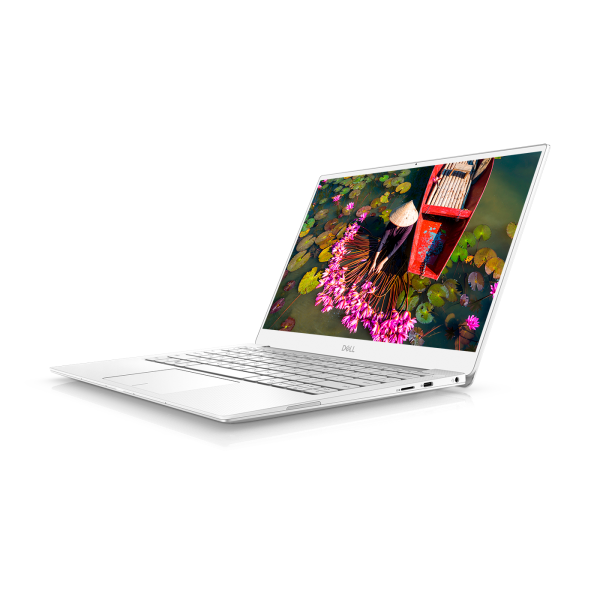
The enterprise-oriented Vostro 14 and 15 lineup (starting at $599), meanwhile, now features Nvidia GeForce MX250 discrete graphics, TPM 2.0 security chips, and optional fingerprint readers. Separately, a desktop joined the Vostro family in the Vostro 5000 series (starting at $699). It packs a 9th Gen Core R processor and discrete graphics options up to Nvidia GeForce RTX 2070.
Dell also announced the first Chromebook Enterprise laptops: the Latitude 5300 ($819) and Latitude 5400 ($699). They’re intended to work with Chrome Enterprise, Google’s subscription offering that gives Chromebooks enterprise features like advanced security protections and fleet management.
Acer
Not to be outdone, Acer kicked off IFA 2019 with a gaggle of gaming laptops, monitors, a desktop, and a $14,000 gaming chair.
First up were the Predator Triton 300 ($1,425) and upgraded Triton 500 ($2,800), the former of which Acer pitched as an “affordable solution” for gamers. As for the Triton 500, it’s the company’s first with a 300Hz refresh rate display.
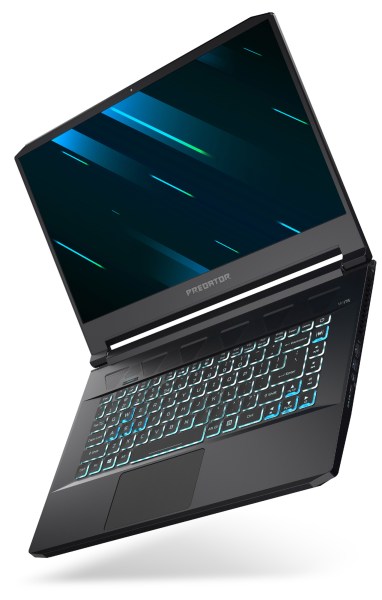
Those weren’t the only new laptops Acer had on offer. It refreshed its Swift 3 ($900) and Swift 5 ($700) laptops with 10th Gen Intel Core processors, discrete Nvidia GeForce MX250 GPUs, and dual-band Wi-Fi 6. The Swift 5 features a Windows Hello-compatible fingerprint reader, and its battery lasts up to 12.5 hours on a single charge.
On the all-in-one side of things, Acer announced the Aspire C ($699), which comes in 22-inch, 24-inch, and 27-inch Full HD IPS screen options and features 10th Gen Intel Core processors. It joined four new Nitro gaming monitors in 24.5-inch Full HD 144Hz ($299), 24.5-inch Full HD 240Hz ($389), 27-inch Full HD 240Hz ($469), and 27-inch WQHD 165Hz ($589) flavors with support for Nvidia G-Sync, Adaptive Sync, and Variable Refresh Rates (VRR) when connected to compatible graphics cards.
Lastly, Acer debuted the Predator Thronos Air ($14,000), a souped-up gaming chair with a cup and headset holder that swivels 130 inside and 180 degrees outside. Among other doodads, it’s got a USB hub, a massage function, a modular desk attachment, and a camera.
Asus
Asus joined the 300Hz club at IFA 2019 with select Zephyrus S and Strix models, which the company said will ship starting in October of this year. As if that wasn’t enough, it also launched a new ProArt workstation and professional monitor, in addition to a pair of StudioBooks designed for content creation.
The StudioBook One, which Asus claims is the world’s most “graphically powerful” laptop, boasts Nvidia’s Quadro RTX 6000, a 4K UHD screen, and a cooling system with an “aerospace-grade” titanium alloy thermal module. Meanwhile, the StudioBook Pro X is the first Nvidia Quadro RTX 5000-powered laptop in Asus’ lineup to feature the company’s ScreenPad 2.0, a 5.65-inch touchpad that doubles as a display.
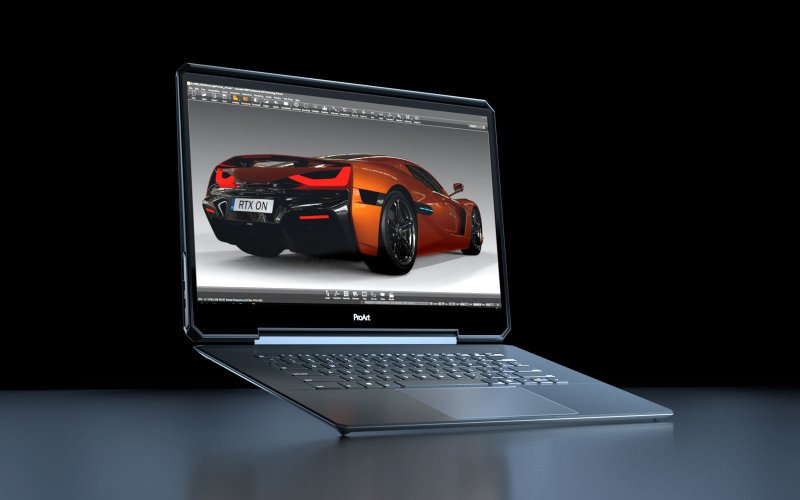
Above: The Asus StudioBook One.
Asus additionally announced the ProArt Station D940MX, which packs an Intel 9th Gen Intel Core i9 processor with up to 64GB DDR4 2666MHz memory and a Nvidia Quadro RTX 4000 or Nvidia GeForce RTX 2080 Ti chip. Also on tap was the ProArt Display PA32UCG, which the company claims is the world’s first 4K HDR 1600 and 120Hz variable-refresh rate professional monitor.
Last, but certainly not least, on the list of announcements was the ROG Phone II Ultimate Edition, a beefed-up version of the ROG Phone II — sporting 1TB UFS 3.0 storage with a modem capable of hitting Cat. 20 4G LTE download speeds of up to 2Gbps. It will retail for €1,199 when it goes on sale in Q4.
Lenovo
Lenovo certainly wasn’t about to let rivals Asus and Acer announce products without responding in kind. Accordingly, it took the wraps off new Yoga and Athena machines, plus smart tablets and displays and new monitors.
The updated Yoga C940 (14- and 15-inch models) and 15-inch S740 enjoy the benefits of Intel’s 10th generation Core processors and Project Athena. They wake up in under a second and offer far-field voice capabilities, as well as Super Resolution (which upscales videos up to FHD on Windows Media Player) and native integration with Amazon’s Alexa. Prices start at $1,250.
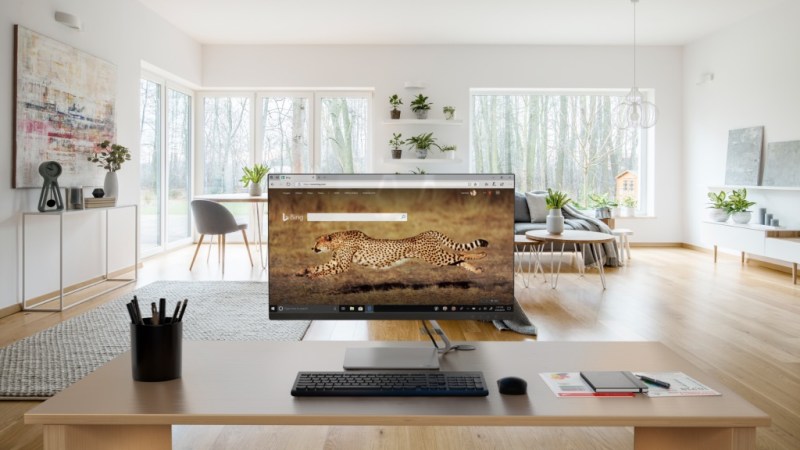
There’s also the Yoga C740 (in 14- and 15-inch options), which has Alexa on board and runs on an Intel 10th Generation Core CPU. Its diminutive counterpart — the 13-inch Yoga C640 ($850) — has a 10th Gen processor and a 4G LTE connectivity option.
Never one to neglect the tablet and smart device market, Lenovo debuted three devices with Google Assistant on board at IFA 2019: the Yoga Smart Tab ($250), Smart Tab M8 ($120), and Smart Display 7 ($130). They complement its trio of monitors, starting with the 28-inch IPS 4K UHD ThinkVision S28u-10 with a VESA mount arm and flicker-free tech. Lenovo’s two consumer-oriented monitors — the 27-inch Lenovo Q27q and 24-inch Lenovo Q24i — have much of the same eye strain-relieving tech on board, as well as integrated 3W stereo speakers and FreeSync support.
Amazon
Amazon took the wraps off over 20 new Fire TV devices to fill out its growing portfolio, including a refreshed Fire TV Cube, a Fire TV Edition Soundbar, and a slew of new Fire TV Edition television sets.
The refreshed Fire TV Cube ($120) packs a speedy six-core processor that Amazon claims is twice as fast as its quad-core predecessor. Support for 4K and Dolby Vision HDR content up to 60 frames per second is in tow, as is a far-field microphone array for voice commands. Like its progenitor, the new Fire TV Cube leverages a combo of infrared technology and HDMI-CEC to control a range of soundbars, TVs, surround sound systems, and cable and satellite boxes.

Amazon’s ever-expanding lineup of entertainment equipment now includes soundbars. Anker’s Nebula Soundbar ($230) — one of the first Fire TV Edition soundbars out of the gate — outputs a Fire TV interface and content in up to 4K resolution, with support for Dolby Vision and HDR 10+ passthrough, as well as Alexa control. It’s available for preorder starting in the U.S., Canada, the U.K., and Germany ahead of a November 21 ship date.
Amazon also debuted 15 new Fire TV Edition models from brands like Skyworth, Arcelik, Insignia, TPV, Compal, and MediaMarktSaturn, including a 10-speaker, 4K OLED Grundig model in both 55- and 65-inch versions, starting at €1,300.
Sony
Sony announced the Xperia 5, which is distinguished from the Xperia 1, its predecessor, by a slightly more compact body.
The Xperia 5’s (€799) HDR-compatible display has an ultra-wide 21:9 aspect ratio, the same designed to show films shot in CinemaScope and the modern anamorphic format 2.29:1. As with Xperia displays before it, this one draws on Sony’s Bravia TV technologies for “improved” contrast, color, and clarity.

The Xperia 5’s other headliners are the cameras and controller support. It wirelessly pairs with Sony’s DualShock 4 controllers in titles like Fortnite, which will come to the Xperia 1 via an over-the-air software update. As for the triple rear sensor module, it’s largely identical to that on the Xperia 1, save its physical position — it has moved from top of center to the left corner.
Motorola
Motorola debuted the One Zoom ($450), which slots alongside the One Power and One Action in the Chicago company’s One handset family. It might not be the most attractive smartphone on the block, but it punches above its weight class in several respects.
The 25-megapixel front-facing camera leverages a pixel binning technique to combine information from adjacent CMOS pixels and produce “super-pixels” that improve light sensitivity by a factor of four. At the same time, the rear-facing 48-megapixel primary sensor taps optical image stabilization and phase detection autofocus to minimize the effects of jostling while locking focus.

The secondary 16-megapixel camera’s 117-degree field of view makes it better-suited to ultra-wide-angle photography, and the tertiary 8-megapixel camera’s 3x telephoto zoom brings faraway objects into sharp relief. Rounding out the four-sensor array is a 5-megapixel depth sensor, which apps can leverage to capture depth maps of the One Zoom’s surroundings.
LG
LG, as it’s wont to do at IFA, introduced an incrementally refined phone in the LG G8X (the successor to the LG G8). But the accessory the Seoul company unveiled alongside it is arguably more interesting: an updated version of its snap-on Dual Screen.
The new and improved Dual Screen folds back on itself 360 degrees to overlay the G8X’s rear cover. That’s one better than its predecessor, which had hinges that couldn’t tilt beyond 180 degrees. Better still, the updated version has a 1.2-inch monochrome screen embedded in the top front panel that by default displays time, date, battery charge, notifications, and other contextually relevant information.
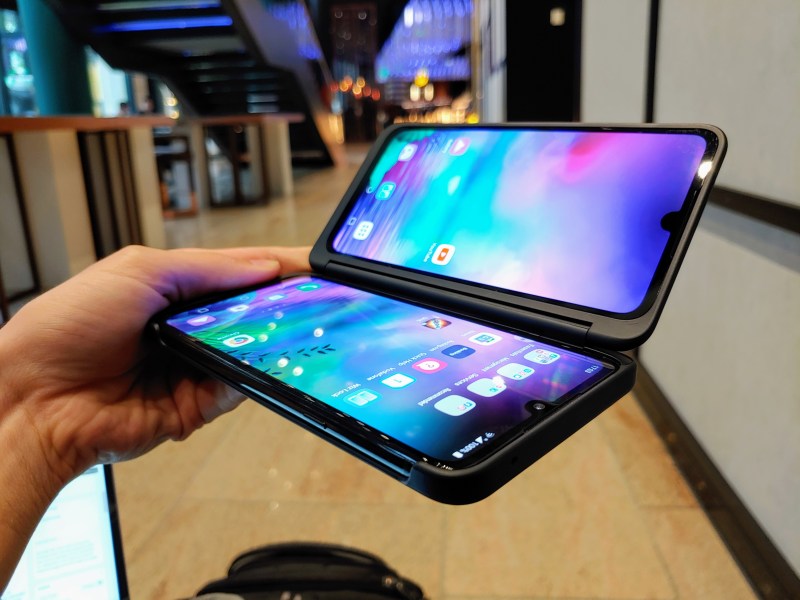
Other nifty touches with the refreshed Dual Screen include a volume adjustment tool that enables you to mute an app on one screen while increasing the volume of apps on the opposite screen, and a camera viewfinder feature that’s designed to make it easier to preview a photo before it’s captured.
That’s not all. Apps that take advantage of LG’s Dual Screen development tools can relegate the keyboard to screen-opposite content (e.g., videos, emails, and documents) in landscape orientation. A new gamepad creation tool within Game Launcher lets you select whichever virtual buttons, joysticks, and shoulder buttons you choose and resize them as you see fit. And Whale, a third-party web browser on Android, has been optimized for the G8X and Dual Screen.
Huawei
Huawei typically creates a splash at IFA, and this year was no exception. The company announced its latest flagship chipset — the Kirin 990 5G — alongside open-ear earbuds (FreeBuds 3) with active noise cancellation and an app that lets visually impaired users text with their phone’s camera.
The Kirin 990 5G — which, like the Kirin 980 is manufactured on a 7nm process but with extreme ultraviolet lithography — boasts 10.3 billion transistors in all. When it comes to photography, the Kirin 990 5G features an improved dual image signal processor (ISP) that Huawei says is up to 15% more power-efficient than its predecessor.
The Neural Processing Unit (NPU) within the Kirin 980 is up to 4.76 times faster than that in the Kirin 980 on the ETH AI benchmark, thanks to Huawei’s homegrown Da Vinci architecture. And Huawei claims the Kirin 990 5G will be one of the first all-in-one, full-frequency 5G chipsets to market later this year, on a die area that’s roughly 36% smaller than rival products have demonstrated to date.
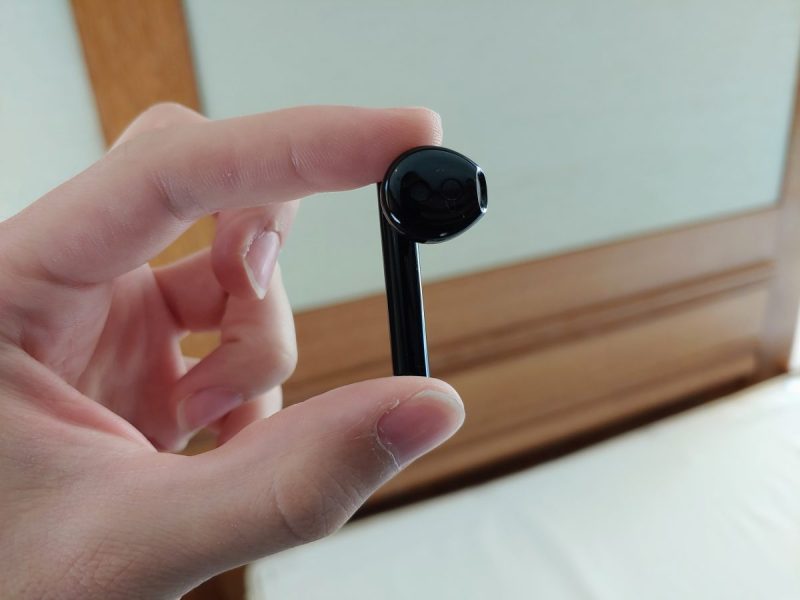
As for the FreeBuds 3, they sport a dedicated chip — the Kirin A1 — that’s one of the world’s first to support Bluetooth 5.1. Huawei claims its proprietary isochronous dual channel Bluetooth connectivity tech can reduce latency by 30% and lower power consumption by 50% when used in tandem with a compatible handset and that it’s able to transmit up to 2.3Mbps of data at maximum speed.
Active noise cancellation is present and accounted for, and the company claims it automatically adapts to the shape of the wearer’s ear canal to reduce noises up to 15 decibels. Separately, thanks to a bone sensor and redesigned aerodynamic mic duct, the FreeBuds 3 can capture spoken words in even loud environments by measuring vocal vibrations.
Huawei saved for last PocketVision, an app developed in conjunction with Eyecoming — a Chinese social technology company specializing in visual impairments. The app taps quad-camera technology and an AI algorithm to offer a text-to-speech mode that converts pictures into text and reads that text out aloud. Elsewhere, PocketVision sports a negative mode, which enables users to change the contrast between the text and the background in images they view through their camera lens. Finally, with the zoom-in mode, users can press the volume button on their device to magnify and enhance small text, making it less blurry and more legible.
